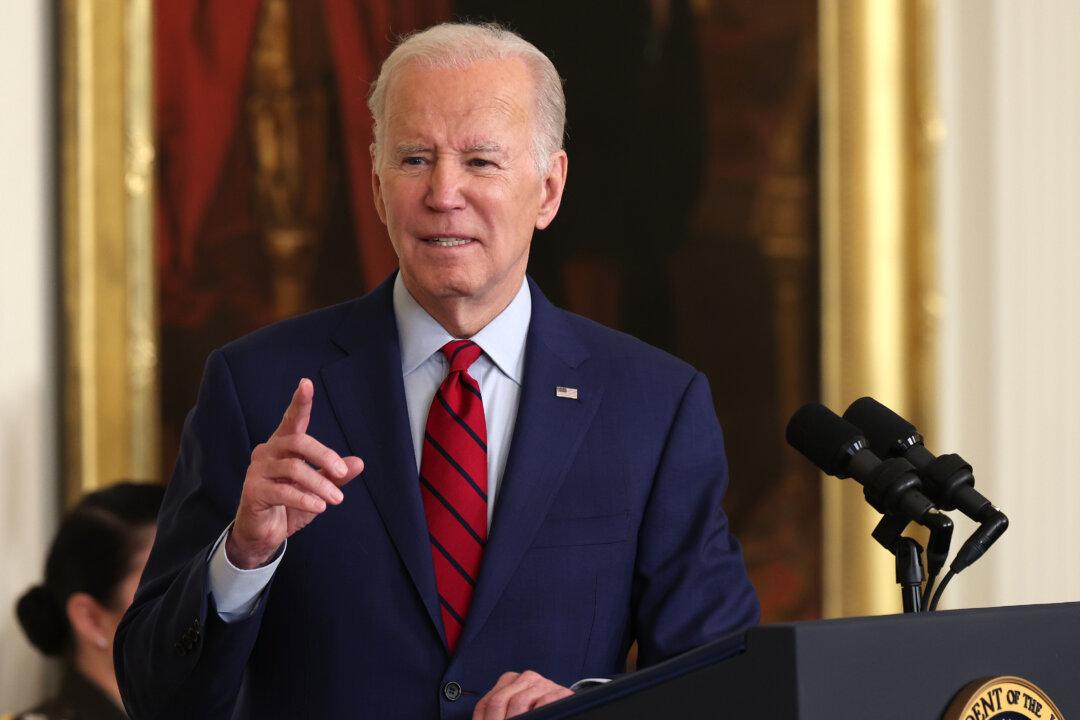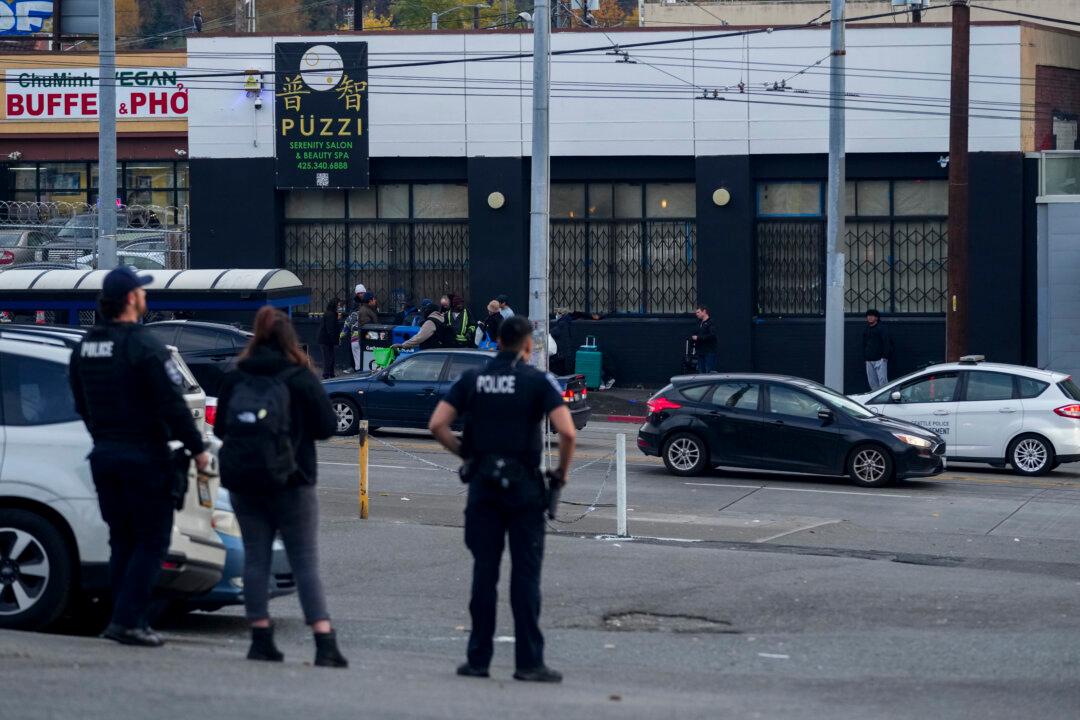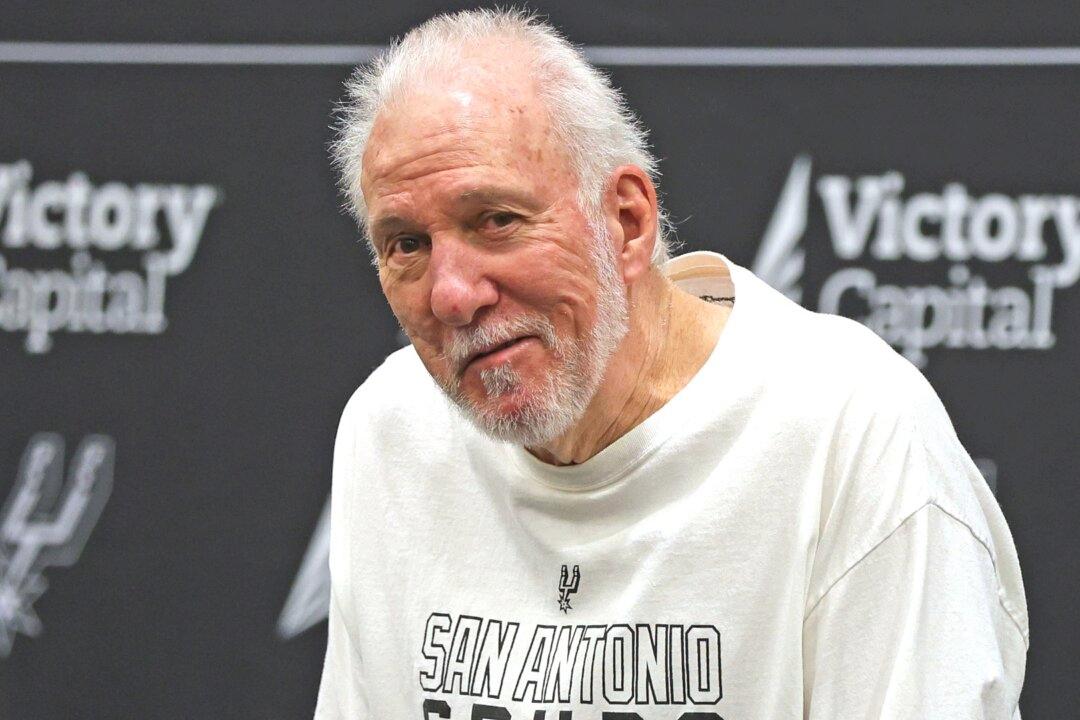President Joe Biden will give the nation’s highest military honor to U.S. Army Captain Larry Taylor for his heroism while serving as a helicopter pilot and rescuing four fellow soldiers in a daring mission during the Vietnam War in 1968.
The White House announced in a statement on Sept. 1 that Mr. Taylor will receive the Medal of Honor on Sept. 5 during a ceremony at the White House.





